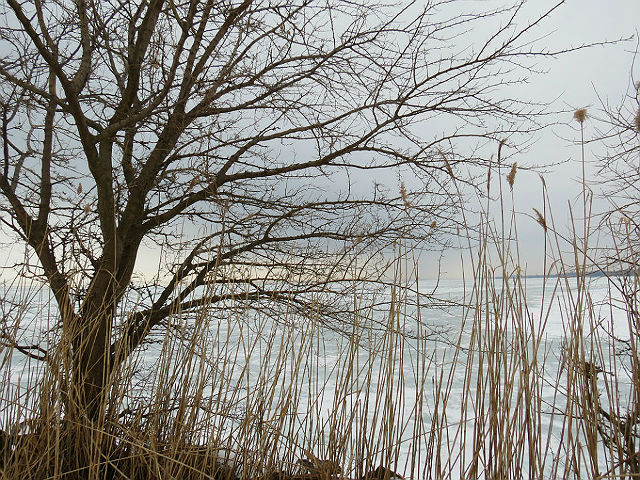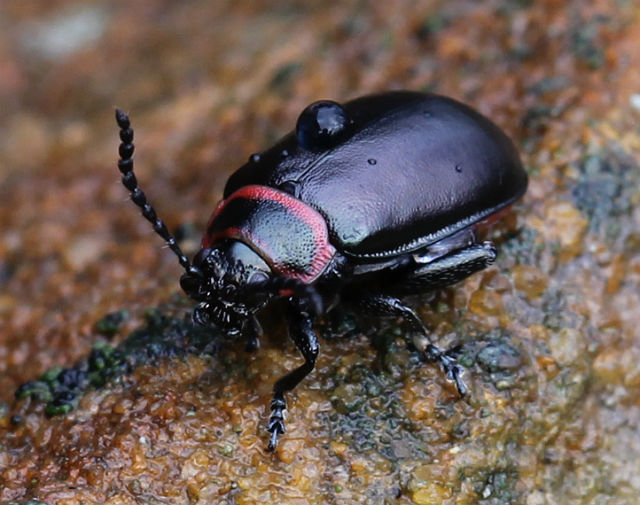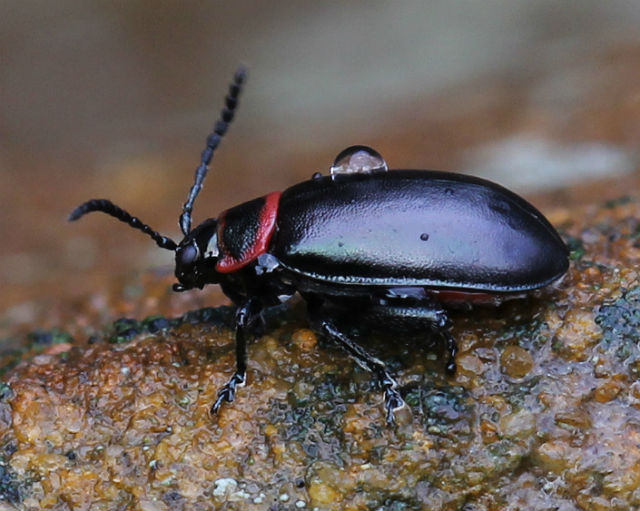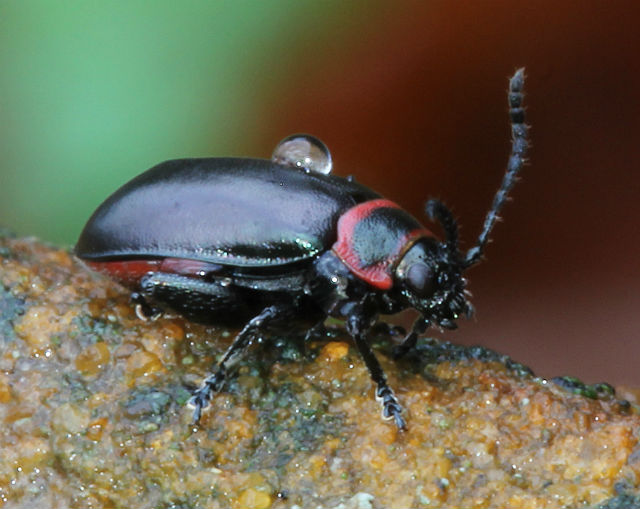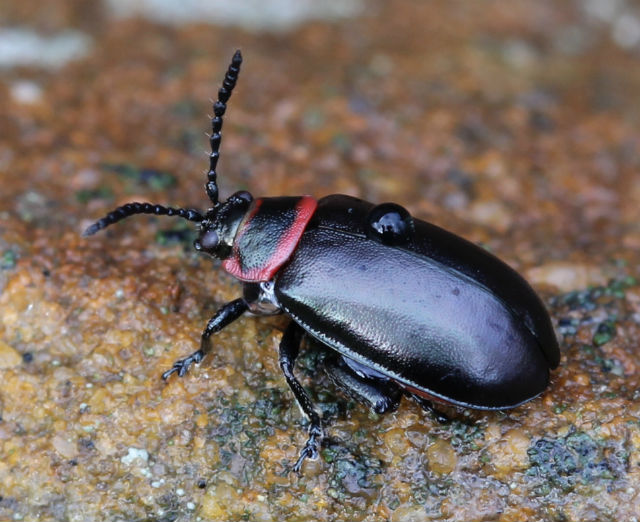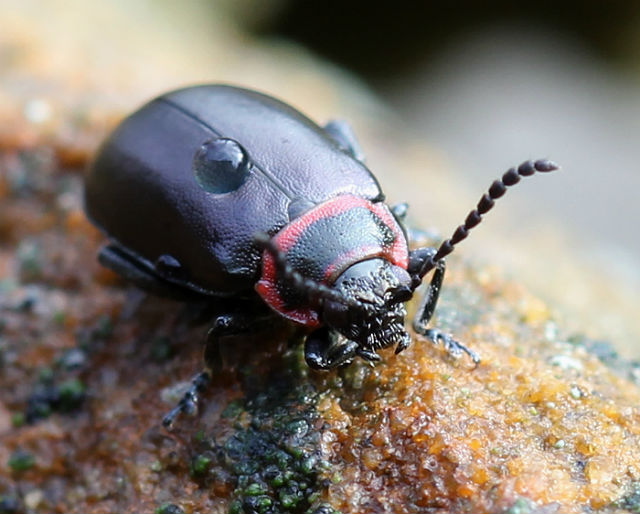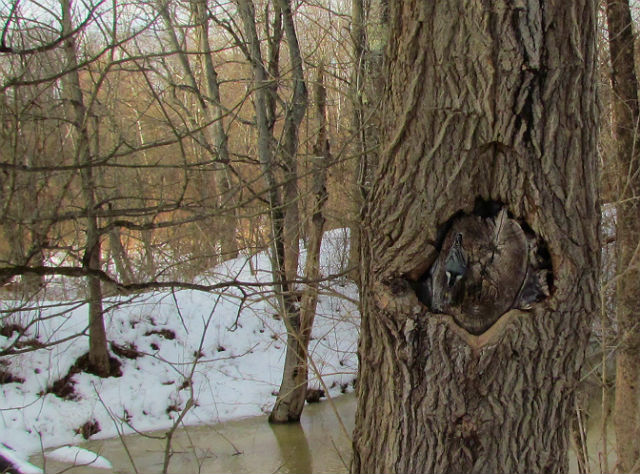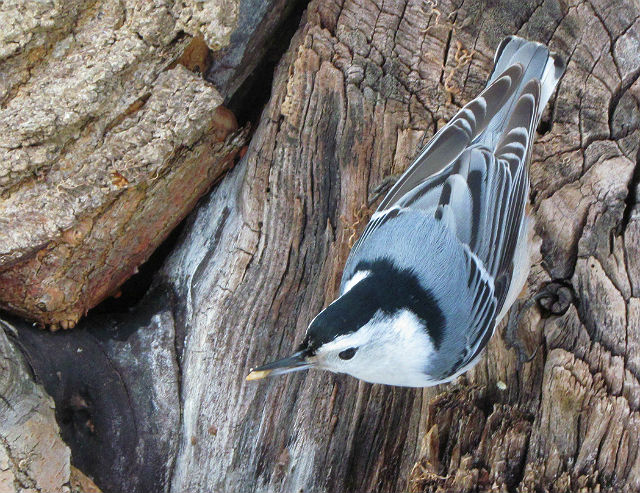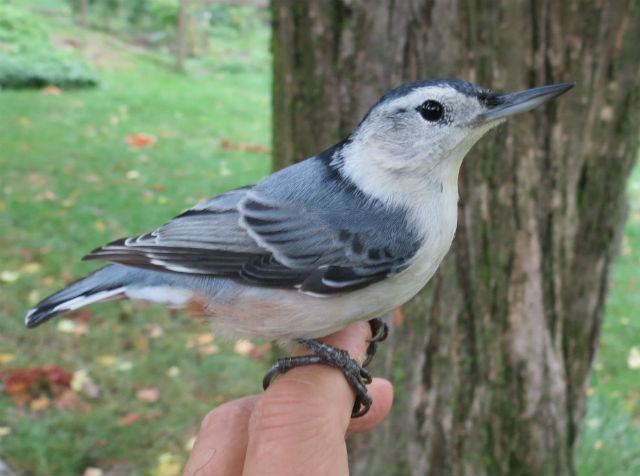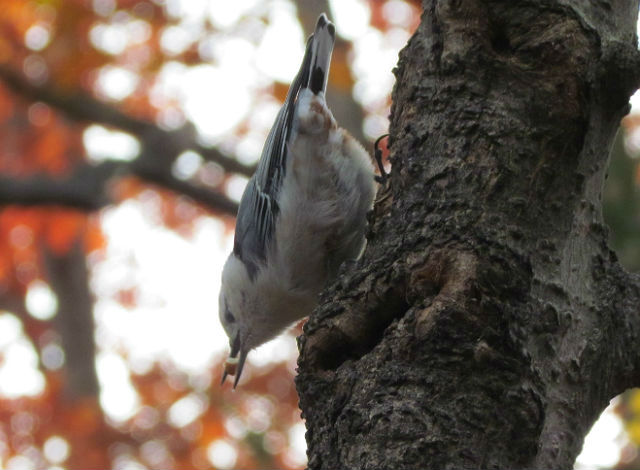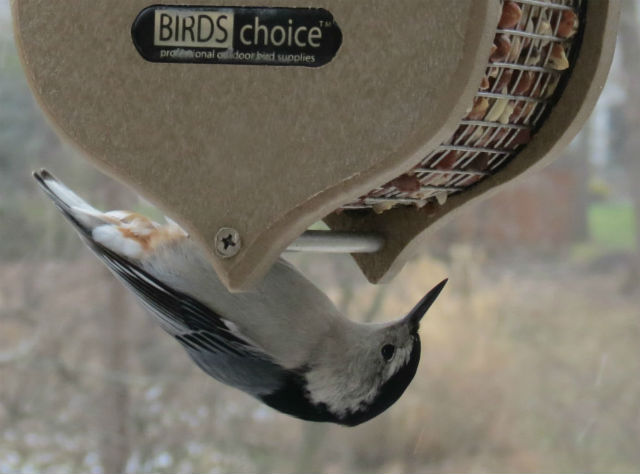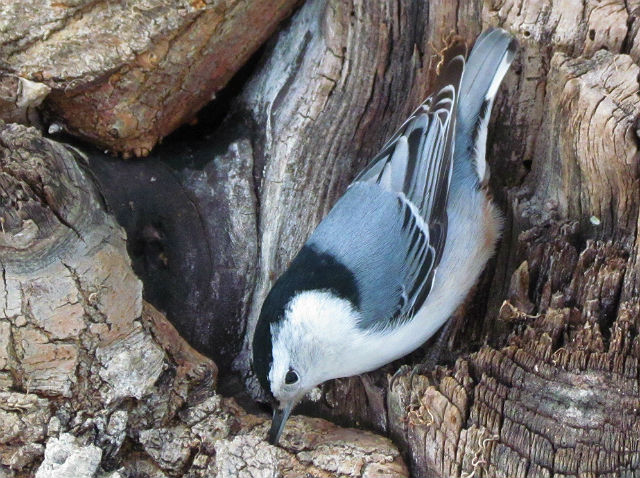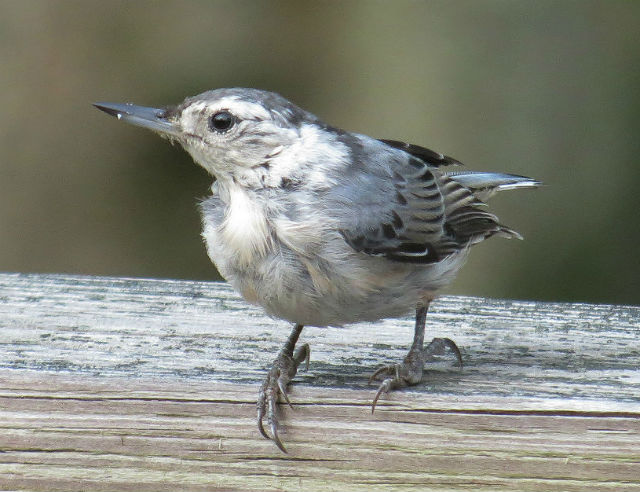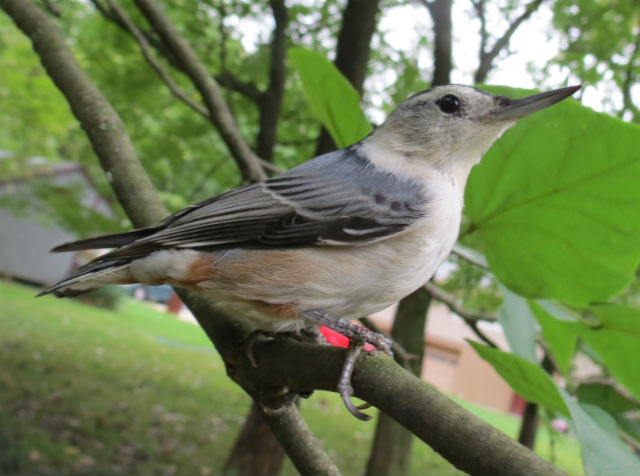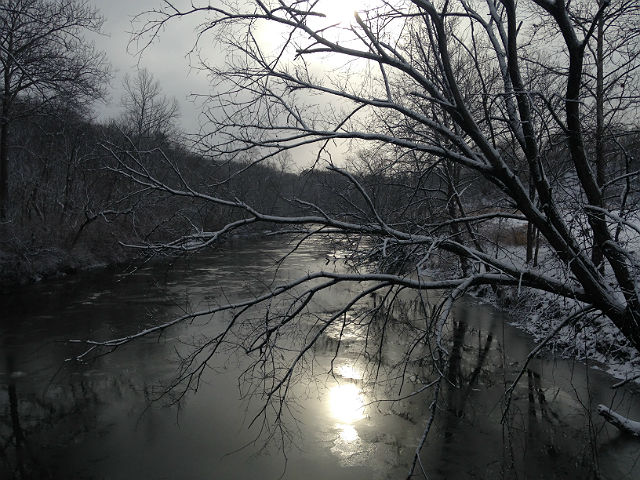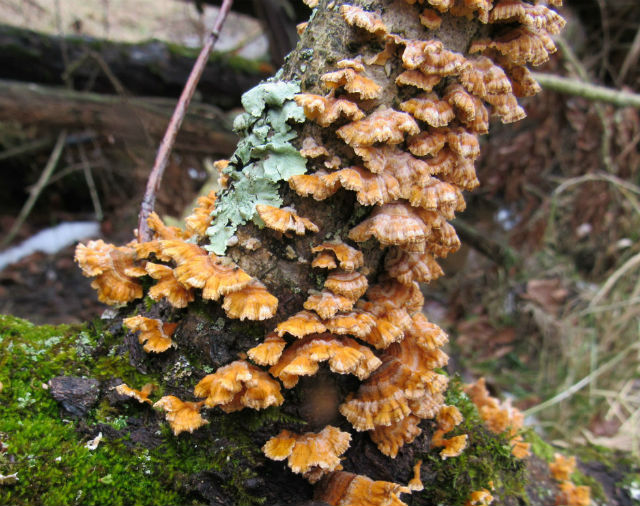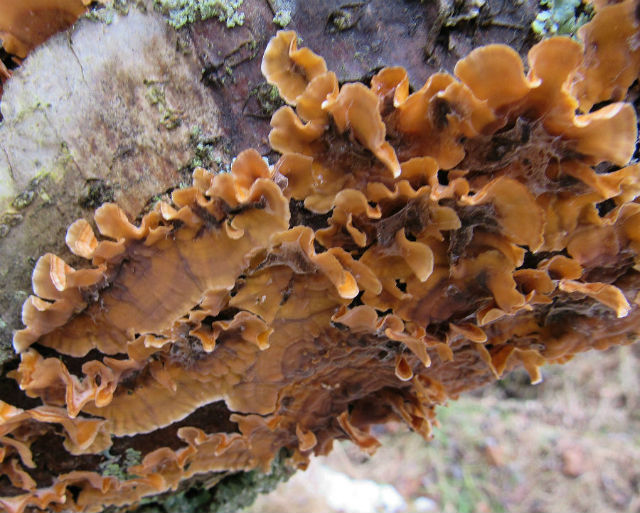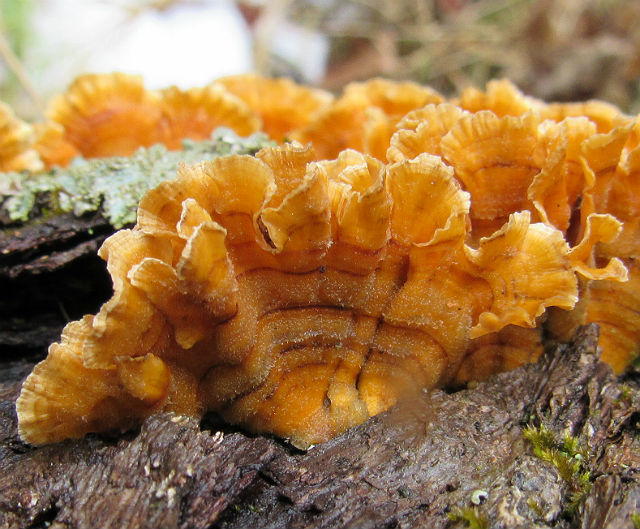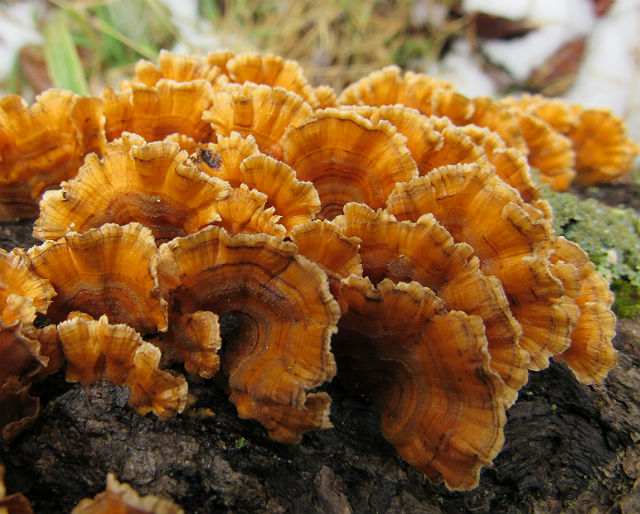This small fish is dull grey or brown in color with no bars of bands on the sides, it has a rounded tail and an upturned mouth. This species is not native to Ohio, but was stocked in western Lucas County in 1947 and now lives in scattered locations throughout the state. Females (2 to 3 inches long) are two or three times larger than males and more stocky.
The Western Mosquitofish feeds primarily on zooplankton and invertebrate prey at the top of the water column. As its name implies, one of its main food items is mosquito larvae. It is well known for its high feeding capacity. Consumption rates of 42–167% of their body weight per day have been documented.
Because of their reputation as mosquito control agents, they have been stocked routinely and indiscriminately in temperate and tropical areas around the world. In the United States the first known introductions of mosquitofish took place in the early 1900s. It is commonly found in Lake Erie and even sold as a bait fish.
They prefer ponds or very slow flowing streams with clear water and abundant aquatic vegetation. This species is one of the few freshwater fish species that bears live young. The Western Mosquitofish can spawn from May through September with females carrying an average of 40 young.

